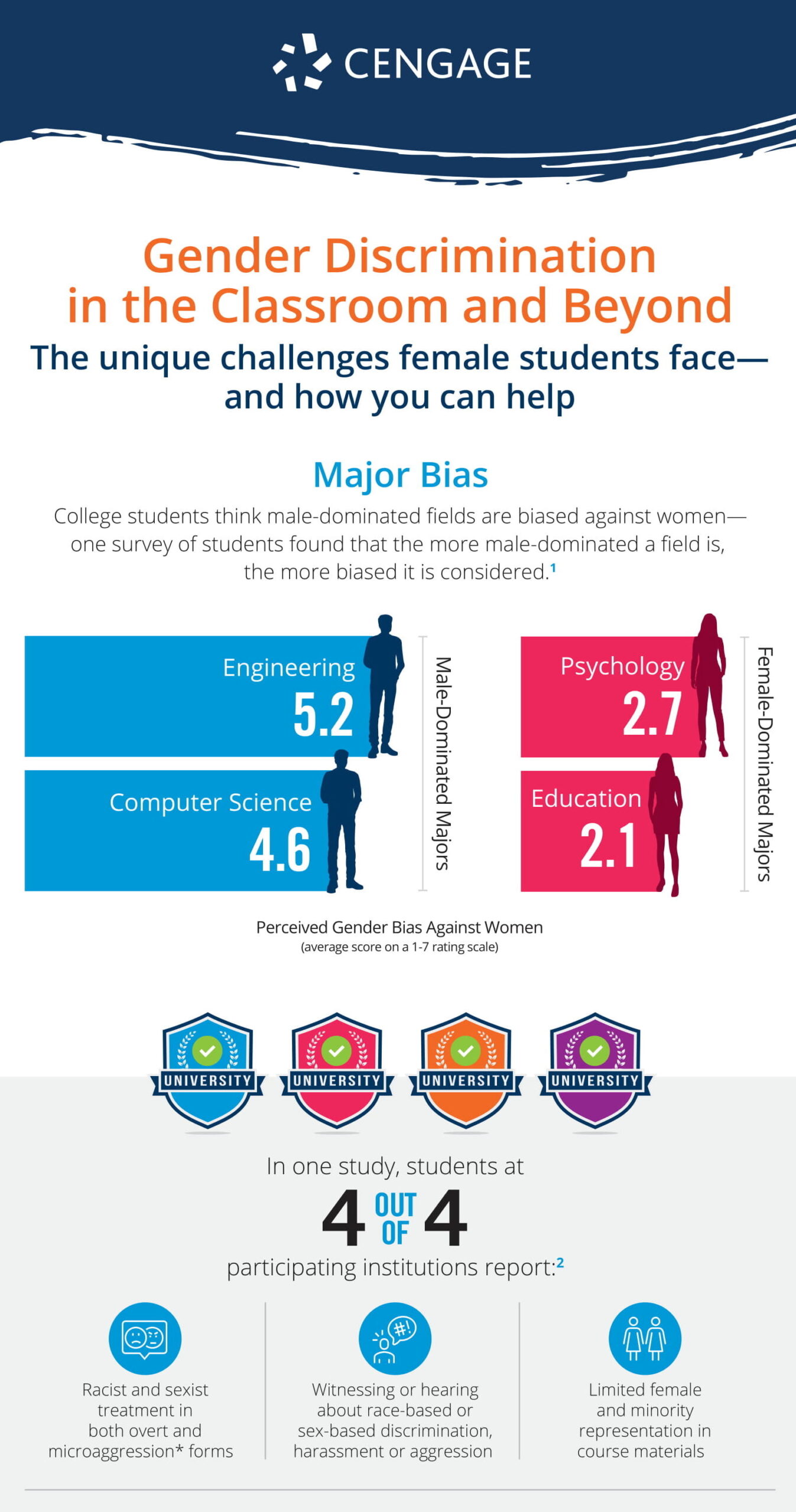Science, Technology, Engineering, and Math (STEM) fields have always had a noticeable gender gap which, sadly, continues to this day. In 2023, women accounted for only 27% of the STEM workforce, highlighting the significant lack of inclusion in the industry. Past trends show that this goes as far back as childhood, with boys dominating STEM conversations in the classroom, leaving behind the voices of women, LGBTQ+, and the differently abled. This presents a problem for a sector tasked with innovation, as progress is closely tied to diversity and inclusion. With so many barriers for women (who have historically shown that they can perform just as well, if not better, than men academically in STEM), it limits several growth areas. Only recently have several steps been made toward overcoming these obstacles. Contemporary technology has led to a more inclusive and diverse student body in STEM education.
The lack of inclusion in STEM
This STEM issue is layered, as it isn’t due to a lack of academic preparation in America. Statistics from the National Girls Collaborative Project indicate that up to 74% of middle school girls show interest in pursuing STEM programs, with their grades showing promise. Yet according to Yale, only 38.6% of women finish college with a STEM degree nationally. As discussed above, this number drops to 28% when they enter the workforce. But it’s not just girls who are excluded, as only 10% of hired STEM professionals self-identify as disabled.
Social bias and stereotypes play a huge role in why this happens. Until now, many people view STEM careers as masculine. The pay gap is a testament to this, with women only earning about 74% of their male colleague’s pay and people of color making even less. These factors combined demotivate women and minorities away from STEM as it creates an environment in which they are othered. As such, many have become familiar with the false notion that STEM only has space for men.
How tech is revolutionizing STEM education
Fortunately, modern technology is finding ways to empower and create new opportunities for oppressed demographics to thrive in STEM. This is evident in the rising popularity of assistive technology, especially through smart technology. Professor and STEM pioneer Chris Dede from the Harvard Graduate School of Education is advocating smart technology “to create a new way for students to engage with the world” through technologies like VR and AR.
Today, you can incorporate smart glasses into classroom settings. Their ability to capture media and connect online can make studying more accessible for those who struggle to keep up in class. These features make it easy to replay and review recordings in the way students experienced them earlier on, especially in STEM fields which are more hands-on.
This also highlights the need to accommodate different learning styles. Students excel using a variety of approaches, and only choosing one means that some may fall behind. You can address this with an online learning platform like those offered by Cengage. These platforms provide personalized educational support to aid students and educators of different levels and capabilities. They account for a person’s learning goals and helps them achieve those, which can encourage many to continue pursuing STEM.
Lastly, technology has made gender-positive initiatives much more accessible to the public than they have ever been before. Organizations like Girls Who Code, which has helped over 300,000 girls, strive to uplift and equip young girls with the skills necessary to succeed in STEM. With the help of technology, these programs are actively working to close unjust industry gaps. Tech helps us overcome barriers and give girls a chance to forge their own space in STEM.
Article written by Lisa Nichols
Want to learn more about how you can make your classroom support every student? Download the “How Fellow Instructors Create an Inclusive Classroom” eBook.




